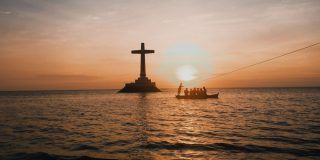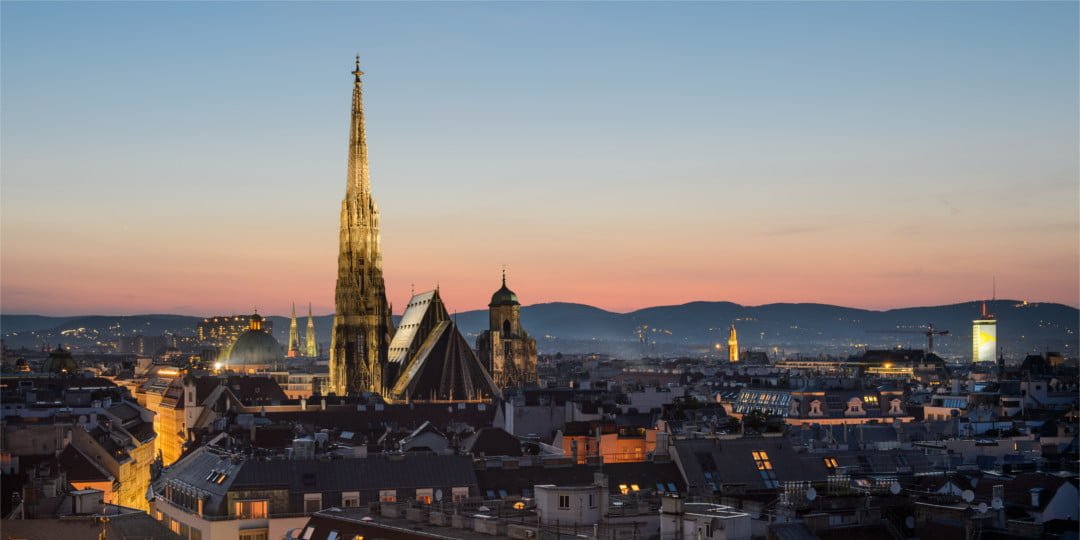Istanbul is a heady mix of the ancient and modern, of the religious and the secular. My day began with a visit to the famous Blue Mosque. Four hundred years old it is a very impressive structure. Massive columns support a multiply domed roof that is designed to evoke a sense of the greatness of the universe. Throughout the visit there are constant reminders that this is a revered place of worship. Shoes may not be worn inside; men who are not wearing long pants are provided with a wraparound to cover their legs; women who have no head covering are provided with a scarf. In the vast courtyard surrounding the Mosque a series of large posters commend Islam and explain its central tenants. The emphasis is clearly placed upon uncompromising submission to the will of Allah.
As I read a transcript of the last sermon of the Prophet Mohammed I am left wondering whether Islamic scholars face the same interpretive issues as do Christians. The words of the prophet speak very much to the issues of his time and reflect the values of his age. For example, women are to be treated well by men but are nonetheless subordinated to them. Christianity has texts that speak in a similar fashion. Some see the teaching as universal, intended for all people of all times; others do not. Do those same discussions exist within Islam?
Leaving the mosque I head to the underground cistern. Descending a set of stone stairs I enter a vast underground cavern filled with water, dimly lit, and punctuated by a forest of columns. It is stunning.
Many of the columns are decorated. One of them, known as the column of tears, is covered with a series of decorations that look like teardrops. According to the recording that I listen to, some believe the teardrops represent the tears of the many slaves who died during the construction of the cistern. It’s a sobering reminder that this amazing architecture from years long past is built on the back of brutal oppression, that at the same time to structure is a testimony to the brilliance and ingenuity of humankind, it also bears testimony to our capacity for exploitation and injustice.
After the cistern, I head back to my hotel for a nap, my body clock still not adjusted to the change in time.
At 12.15 I am picked up and driven to the port, where I take a five hour cruise on the Bosporus and the Black Sea. If the mosque showed me the continuing religious traditions of Istanbul, the cruise highlights the way the ancient and modern meet in an extravagant, secular materialism. The buildings we pass are old but amazing. Many have been transformed into sets for the rich and famous. One of them is now a motel where the most expensive suite costs 30,000 euros a night.
I’m back in the motel by 6 PM and asleep by 8. It’s been a satisfying day exploring this city that brings together in quite spectacular fashion the old and the new, the religious and the secular.
I am in Turkey for a conference, where I will be presenting a couple of papers. I arrived a few days early in order to look around. I’m very glad I did.






